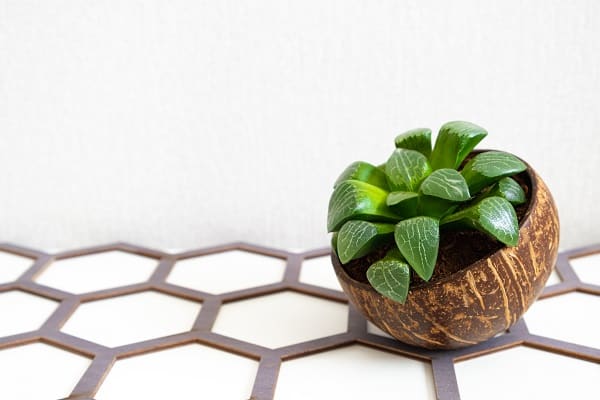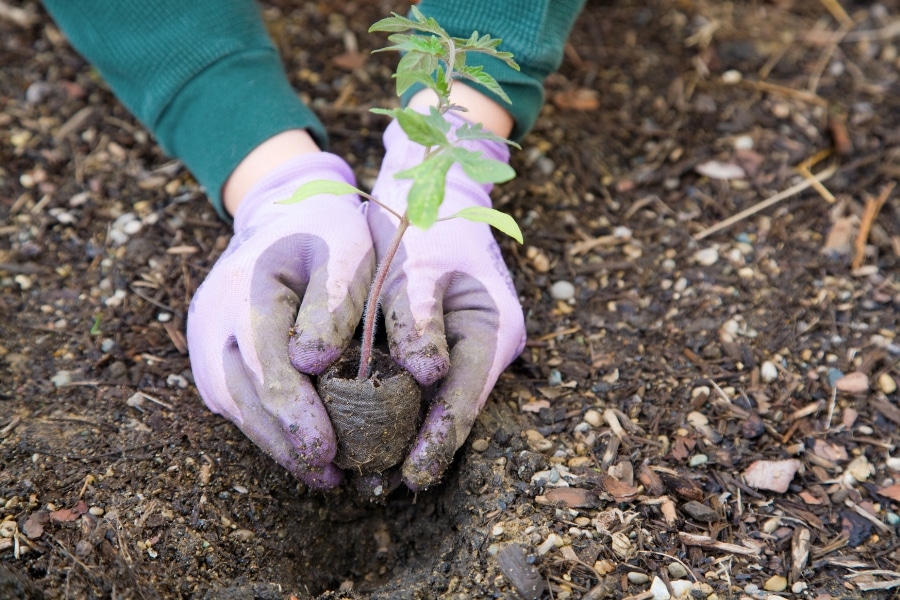House plants are a great way to improve the air quality in your home and add some color and life to your decor. However, before you go out and buy just any plant, it’s important to know which ones are safe for young kids and pets. Some plants are toxic to children and animals, so it’s best to do your research before bringing a new plant into your home.
That’s why this blog has listed some of the safest house plants that you can feel confident about keeping around your kids and pets. These plants are non-toxic and harmless to both children and animals. So if you’re looking for a new addition to your indoor garden, be sure to check out this list of safe plants below!
Contents
Peperomia
Peperomia is an incredibly diverse group of plants that include more than 1,500 different varieties. They’re part of the botanical family known as Piperaceae, or “the pepper family,” which has many types of tropical plants, including cinnamon and black pepper. Because there is so much variation in this plant family, they can vary widely in height and appearance. However, they all share one essential quality: they’re non-toxic to kids and pets. Most people love Peperomia’s striking heart-shaped leaves, broad green leaves gently tapering off into a point at the stem. They make an excellent choice for tabletops or as a hanging plant.
Prayer Plant
Prayer plants are part of the Marantaceae family, and they are ideal for anyone looking to add large floor plants to their home. The prayer plant is also known as the misers or jeweled plant due to its beautiful leaves. Prayer plants make excellent hanging houseplants because they produce long trumpet-shaped blooms in bright reds, pinks, and yellows.
The leaves on this houseplant are usually light green, heavily veined with deep purple lines. They grow in a rosette shape and reach up to 3 feet tall when they’re fully mature! This plant does best in warmer temperatures between 65°F and 80°F, so if you’re looking for a great indoor houseplant this winter that doesn’t need much attention from you, the Prayer Plant is a great choice!
Wax Plant
If you’re looking for a beautiful, low-maintenance indoor houseplant, the Wax Plant is a great choice. It has gorgeous heart-shaped leaves that are sure to catch your eye. However, the wax plant’s foliage will turn yellow or red when it gets too much sunlight, so this houseplant looks best in areas with partial shade. Due to its low maintenance requirements, the Wax Plant is an excellent choice for anyone who neglects their houseplants! This plant does well with moist but well-drained soil and is sure to add color to your home without requiring much work from you!
Haworthia Pearl Plant
Haworthia is a genus of small succulent plants native to the Eastern Cape Province of South Africa. The Pearl Plant, or Haworthia Latifolia, is known for its white-pink leaves that resemble pearls! This houseplant is incredibly unique and makes an excellent addition to any modern home. It’s also one of the more popular houseplants among plant collectors because it’s so unusual looking.
Plus, these slow growers are easy to care for and perfect for beginners! They do best in bright light but can survive in nearly full shade as well. Keep the soil lightly moist at all times; avoid allowing water to collect in their rosettes (the thick fleshy leaves around their base).
Bird’s Nest Fern
Birds nest ferns are native to the warm, humid forests of Central and South America. They’re an excellent choice if you’re looking for a large, unusual indoor plant that requires very little care. Birds Nest Ferns only need to be watered once or twice a week and prefer to dry out between watering. You will find that they grow best in indirect sunlight. This plant also does well in temperatures that range from 45°F to 90°F.
Over time, bird’s nest ferns produce a “fruit” called a spore cone, which looks like a grayish-brown puffball about the size of your palm. Just leave it be and let it dry out on its own. It’s best to avoid watering or misting this plant while the fruit is present.
African Violet
African violets are one of the most beautiful flowering plants in the world, and they’re incredibly popular. These plants love lots of sunlight, so if you’re looking for a houseplant that can add color to your home without much effort on your part, consider adding an African violet to your indoor garden! For best results, place them near a window or choose a south-facing location and use grow lights when the sun is not available. If you decide to invest in an artificial light source for this plant, be sure it emits both UVA and UVB rays. African Violets come in many colors, from pink flowers with purple highlights to vibrant red blooms with white stripes.








